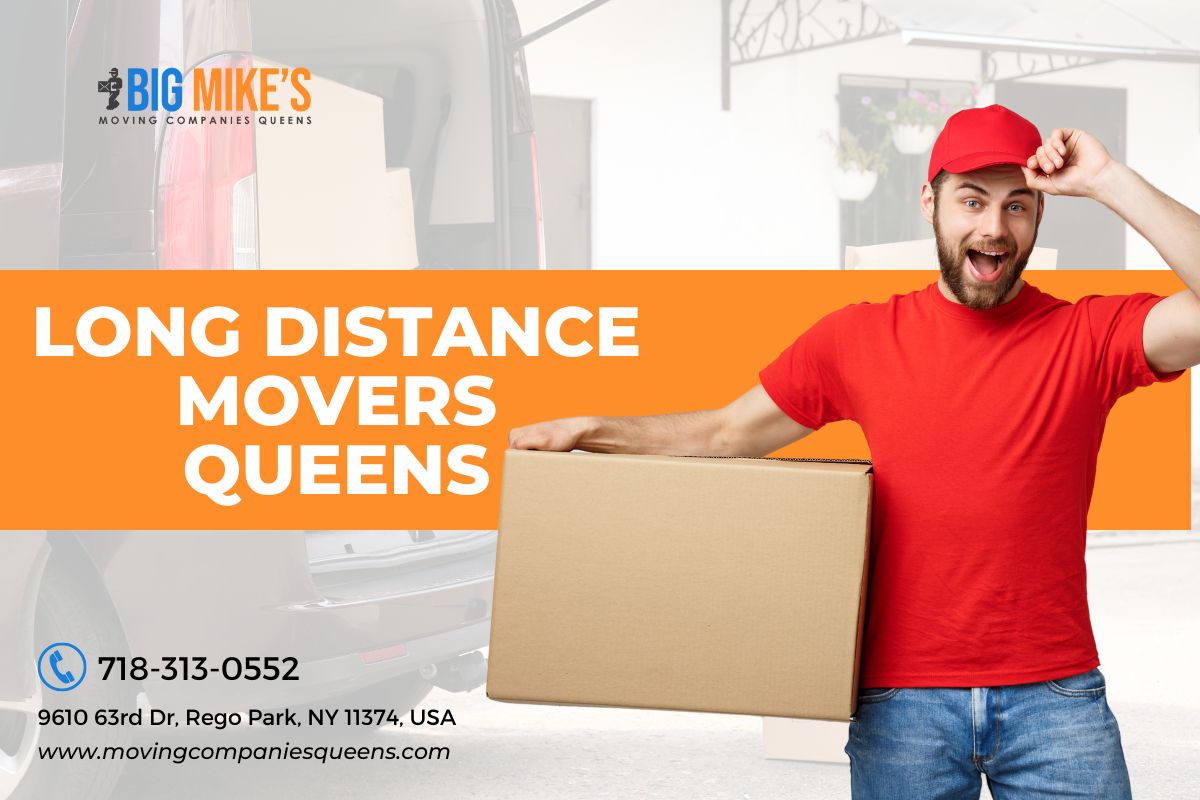
Introduction
Packing valuables and keepsakes can be a nerve-wracking experience. These items hold sentimental value and are often irreplaceable. Whether you are moving to a new home or storing these precious belongings, it is essential to ensure their safety during the process. In this article, we will discuss the dos and don'ts of packing valuables and keepsakes to help you protect them from damage or loss.
The Dos and Don'ts of Packing Valuables and Keepsakes
Do: Use High-Quality Packing Materials
Using high-quality packing materials is crucial when it comes to protecting your valuables and keepsakes. Invest in sturdy boxes, bubble wrap, packing paper, packing peanuts, and tape. Avoid using old or damaged boxes as they may not provide adequate protection.
Don't: Overpack Boxes
Avoid overpacking boxes with too many items, especially if they are fragile. Overpacked boxes increase the risk of damage during transportation or storage. Make sure there is enough space for cushioning materials to protect your valuables.
Do: Label Boxes Correctly
Proper labeling is essential for easy identification of your valuables and keepsakes. Clearly mark each box with its contents, room destination, and handling instructions such as "Fragile" or "This Side Up." This will help movers or yourself handle the boxes with care.
Don't: Forget to Take Inventory
Before packing your valuables and keepsakes, create a detailed inventory list. Note down each item along with its description, condition, and estimated value. This will help you keep track of your belongings during the packing process and serve as evidence in case of loss or damage.
Do: Take Photographs
Take photographs of your valuable items before packing them. This will serve as visual documentation of their condition before the move or storage. In case of any disputes or insurance claims, these photographs will be valuable evidence.
Don't: Pack Valuables with Hazardous Materials
Avoid packing your valuables and keepsakes with hazardous materials such as cleaning supplies, chemicals, or flammable items. These substances can cause damage to your belongings or pose a safety risk during transportation.
Do: Use Padding and Cushioning
Proper padding http://jeffreydnwn855.theburnward.com/why-professional-packers-are-worth-every-penny-in-queens and cushioning are essential to protect your valuables from impact and vibration during transit. Use bubble wrap, packing paper, or foam inserts to create a protective layer around fragile items. Fill any gaps in the boxes with packing peanuts to prevent shifting.
Don't: Neglect Insurance Coverage
Consider obtaining insurance coverage for your valuable items during the packing process and their transportation or storage. Check your homeowner's insurance policy or consult with moving companies to ensure that your valuables are adequately protected against loss or damage.
Do: Seek Professional Assistance
If you have valuable or delicate items that require extra care, consider hiring professional packers or movers. They have the expertise and experience to handle fragile possessions safely. Look for reputable packing and loading services in your area to ensure the best protection for your valuables.
Don't: Rush the Packing Process
Packing valuables and keepsakes requires time and attention to detail. Avoid rushing through the process as it increases the chances of mistakes or accidents. Start early and allocate sufficient time for each item to ensure proper packing.
FAQs about Packing Valuables and Keepsakes
Q: Should I pack my valuable jewelry in a regular box? A: No, it is recommended to use a jewelry box with individual compartments or soft pouches for each piece of jewelry. This will prevent them from tangling or scratching each other.
Q: Can I use newspaper instead of packing paper? A: Newspaper ink can transfer onto delicate items and potentially damage them. It is best to use acid-free packing paper to ensure the safety of your valuables.
Q: How should I pack fragile china or glassware? A: Wrap each piece individually in bubble wrap or packing paper. Place them vertically in a sturdy box with ample padding and cushioning materials to prevent breakage.
Q: Is it necessary to dismantle furniture before packing? A: It is recommended to disassemble furniture whenever possible to make it easier to transport and protect it from damage. Keep all screws and small parts in labeled bags for easy reassembly.
Q: Should I pack my valuable artwork myself? A: Valuable artwork should ideally be packed by professionals who have experience handling delicate pieces. They will provide the necessary precautions to protect your artwork during transportation.
Q: What should I do if my valuables get damaged during the move? A: Contact your insurance company immediately and file a claim with supporting documentation such as photographs, inventory lists, and proof of value. They will guide you through the claim process.
Conclusion
Packing valuables and keepsakes requires careful planning and attention to detail. By following the dos and don'ts mentioned in this article, you can ensure that your precious belongings remain safe during transportation or storage. Remember to use high-quality packing materials, label boxes correctly, take inventory, and consider seeking professional assistance when needed. With proper care and precaution, you can protect your valuables for years to come.